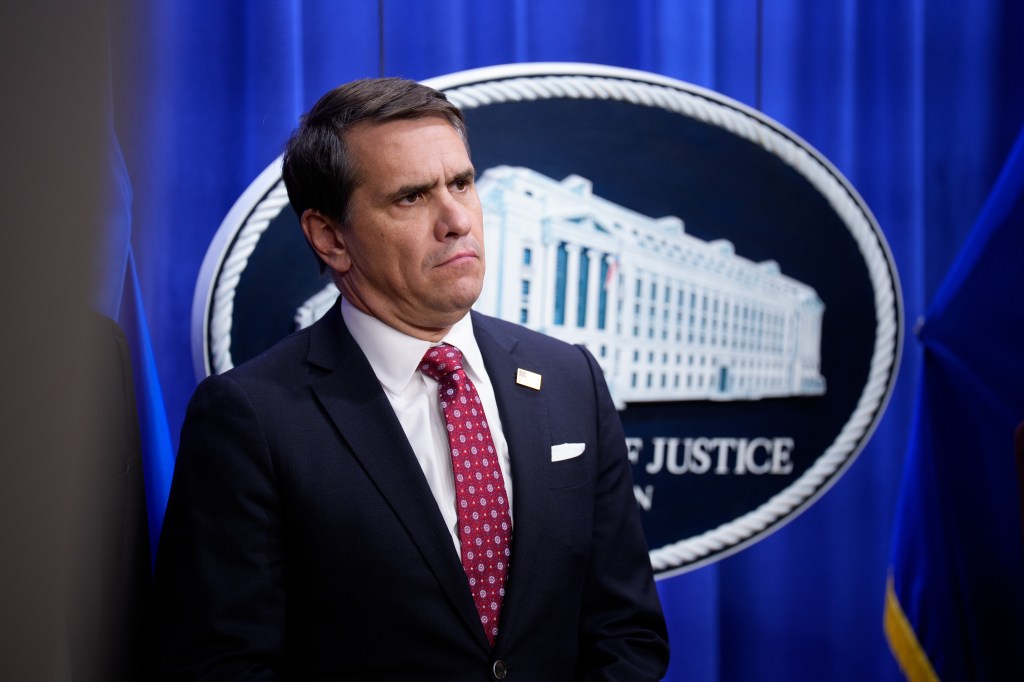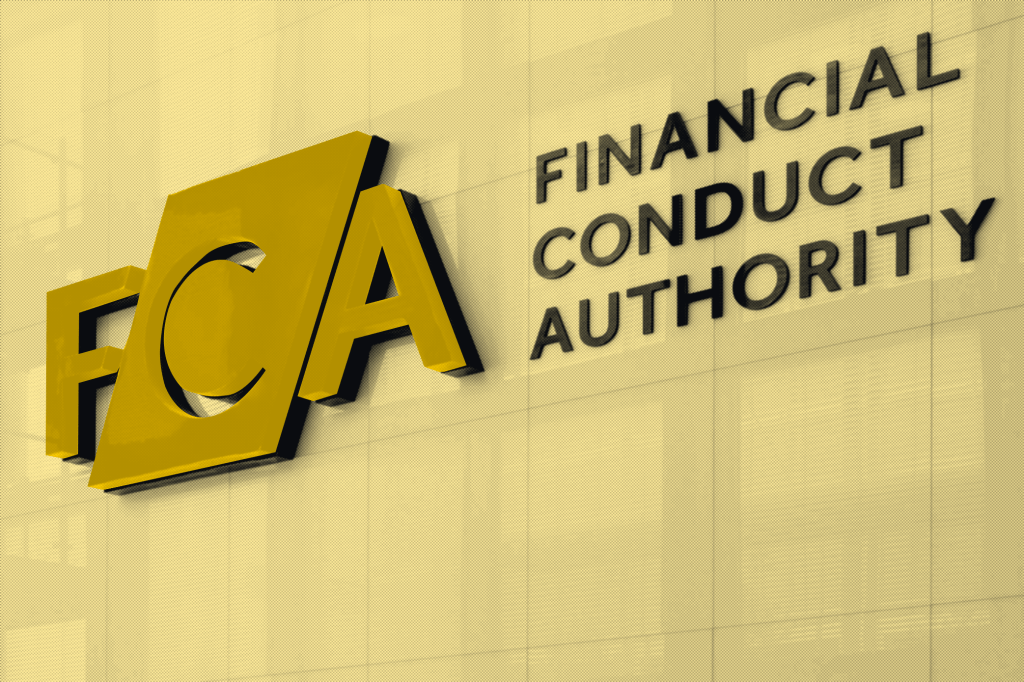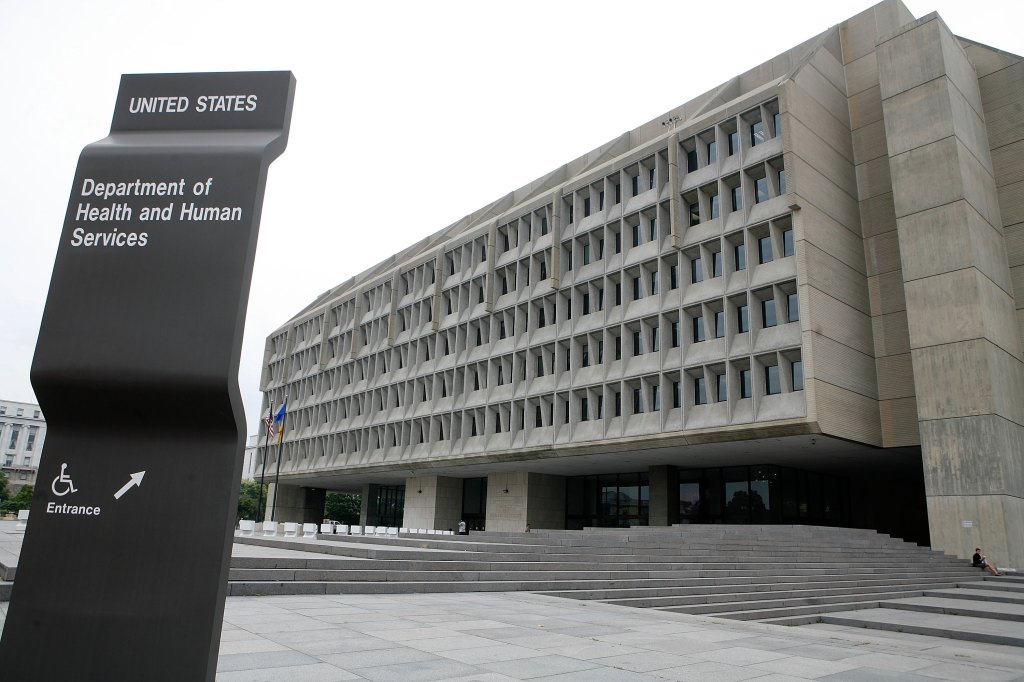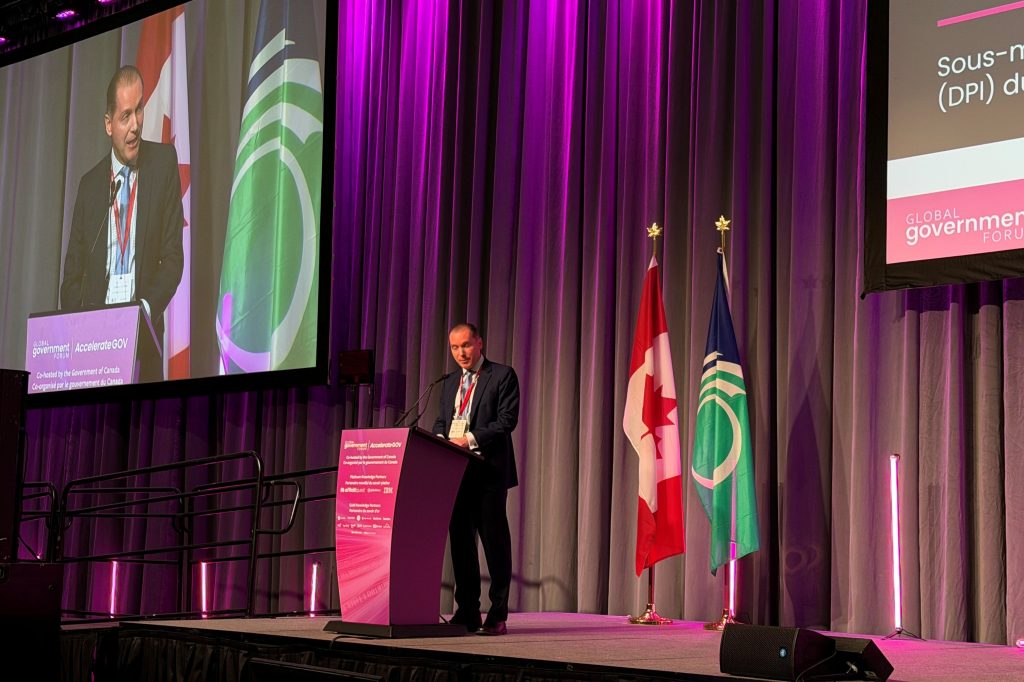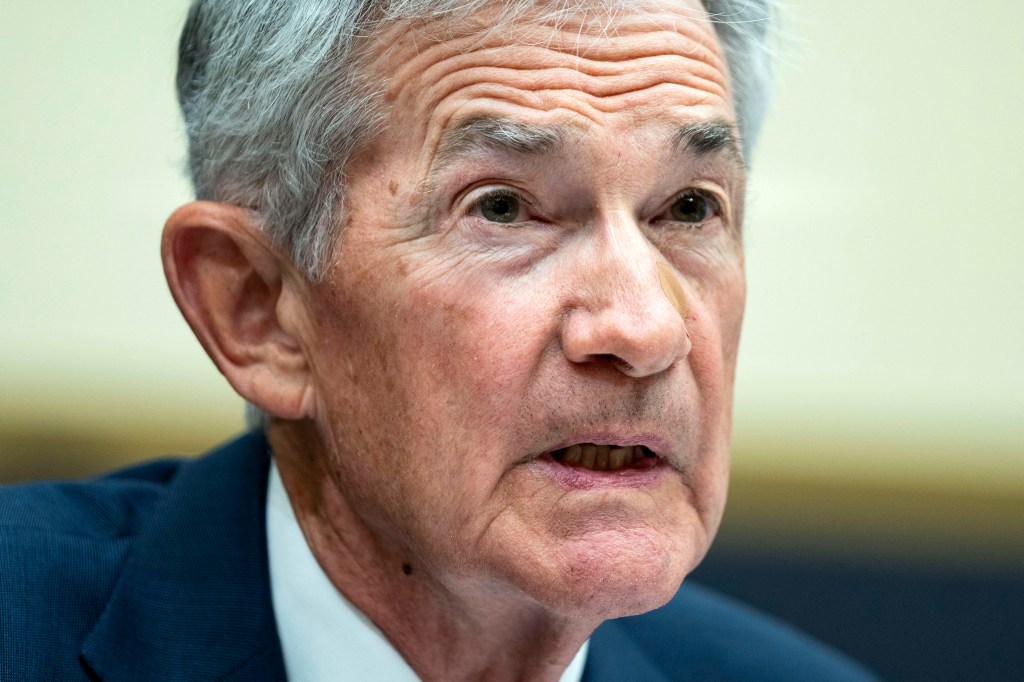The US Federal Reserve is considering a rule change that would be just what the country’s largest banks have been beseeching regulatory agencies for and that could save them (collectively) billions of dollars in capital, according to Reuters’ discussions with four people having knowledge of the matter.
At issue: The
Register for free to keep reading
To continue reading this article and unlock full access to GRIP, register now. You’ll enjoy free access to all content until our subscription service launches in early 2026.
- Unlimited access to industry insights
- Stay on top of key rules and regulatory changes with our Rules Navigator
- Ad-free experience with no distractions
- Regular podcasts from trusted external experts
- Fresh compliance and regulatory content every day

